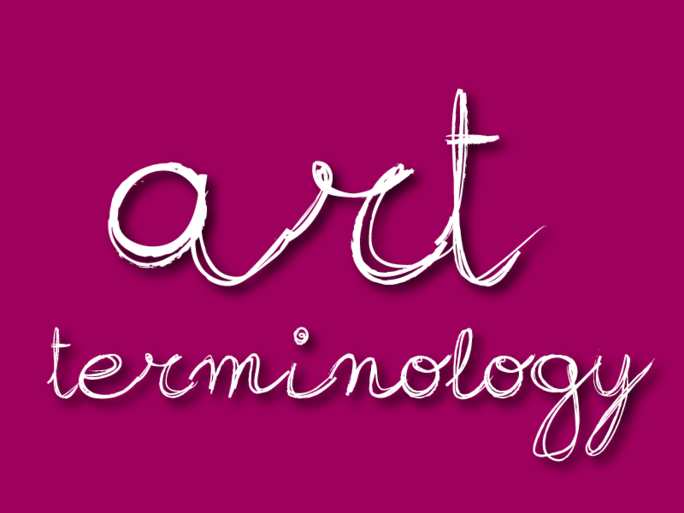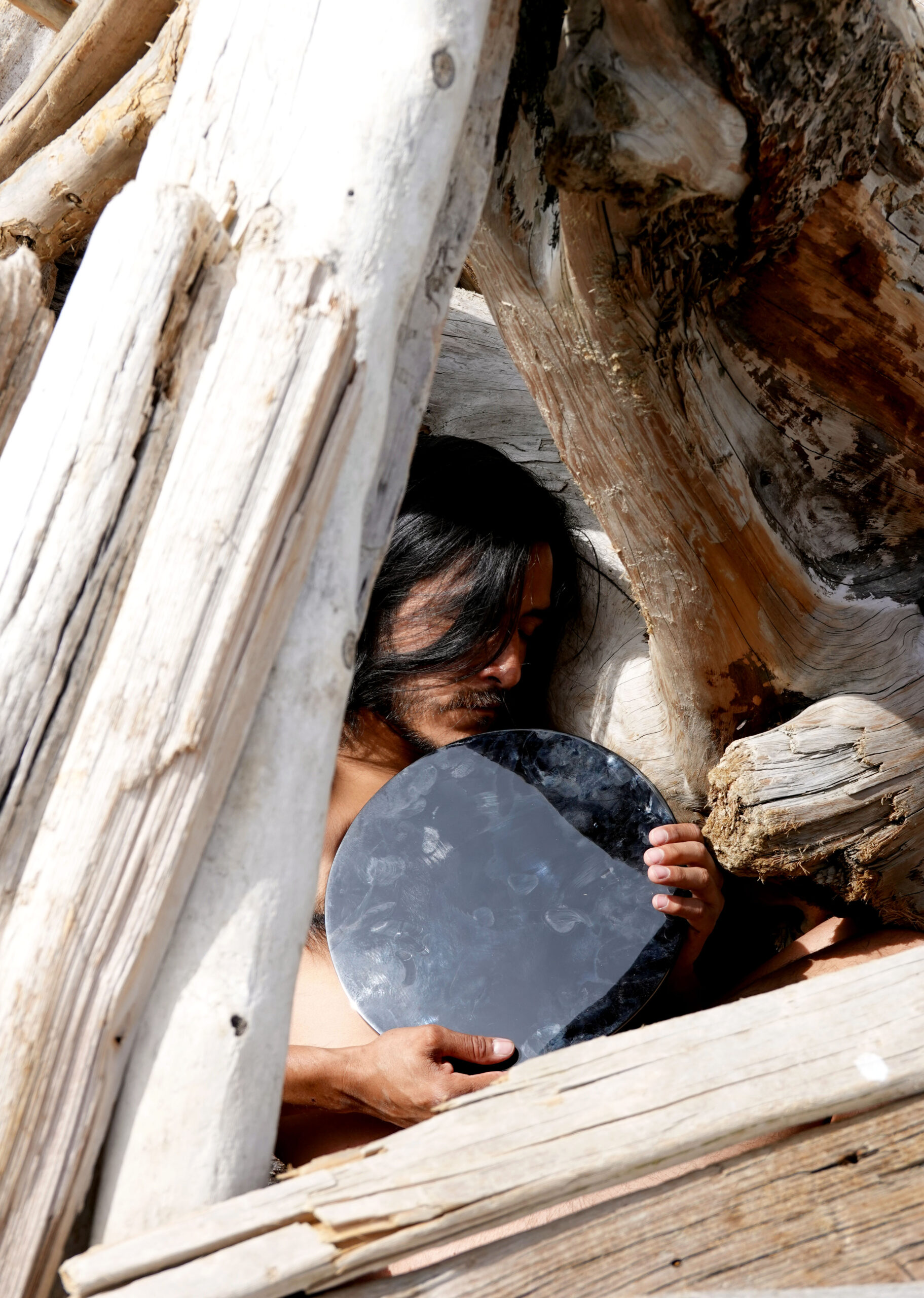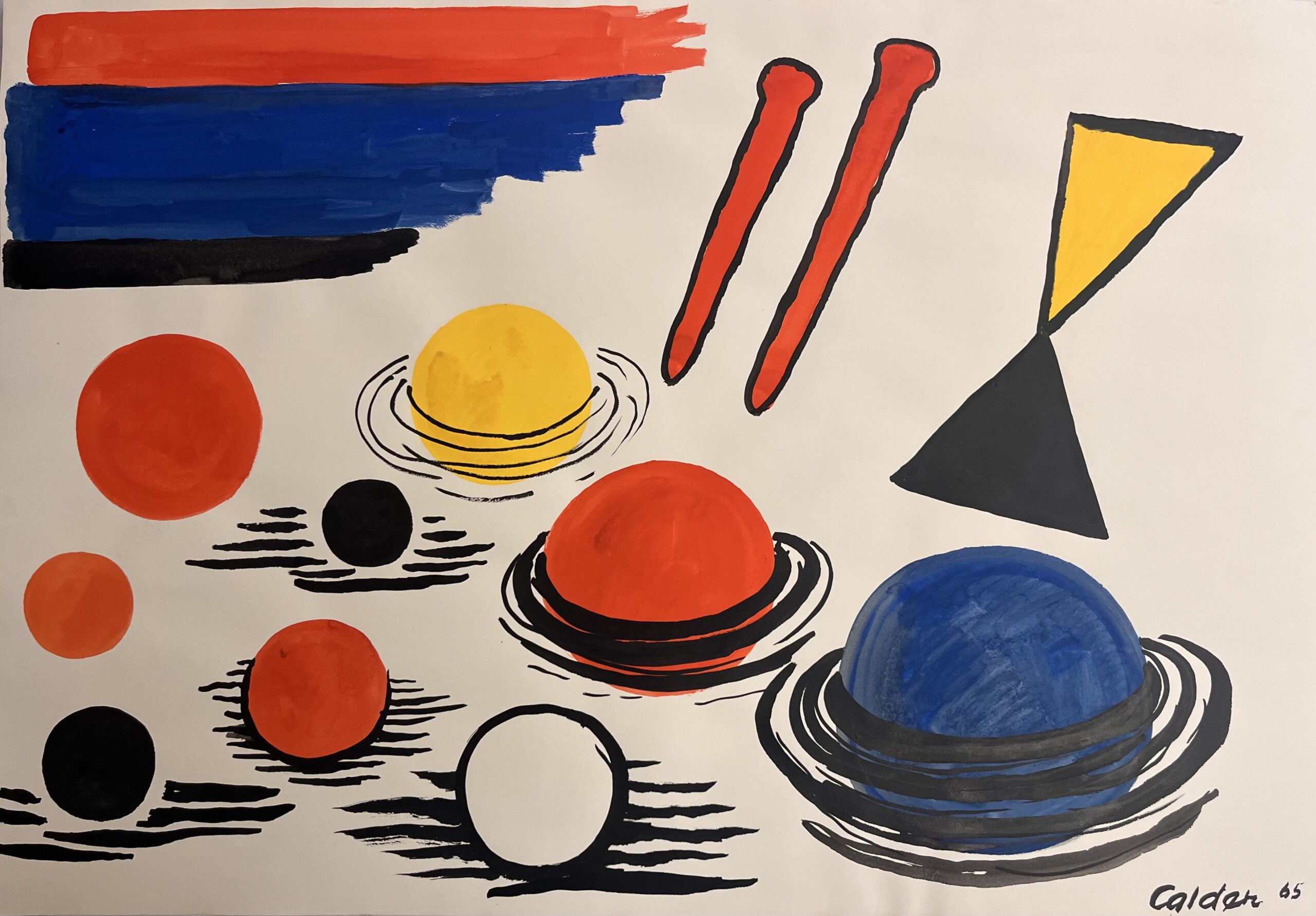“Celebrating the AGGV Collection” is currently on show at the Art Gallery, with one room devoted entirely to the Gallery’s extensive collection of drawings. Much more than just the application of pencil to paper, drawings can be both a preparatory tool and the end product of an artwork. Here are a few terms to know about the art of drawing.
1. Contour Drawing
This is an artistic technique in which the artist sketches out the mass and volume of the subject-matter, essentially the outline and shape of the subject, without any focus on the minor details. Contour drawings are the foundation of drawing and painting, particularly for beginner artists. Blind contour drawing is based on sensation and feeling, where the artist does not look at the paper or canvas, and instead, draws a line guided by instinct.
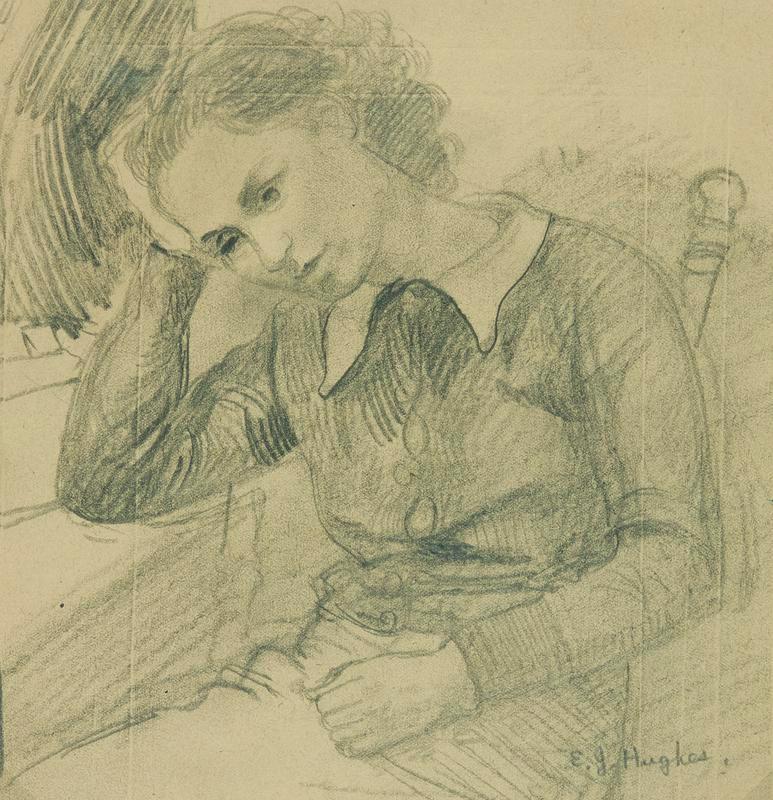
2. Hatching and Cross-hatching
Hatching is the technique of drawing a series of parallel lines in one direction to create value or shadow effects. The more lines there are, the darker the value. Cross-hatching is also used to create value with the use of crossing lines. Contoured lines are used for rounded objects. All three methods are used to great effect in Edward J. Hughes’ drawing above to define the textures of the subject’s hair and sweater.
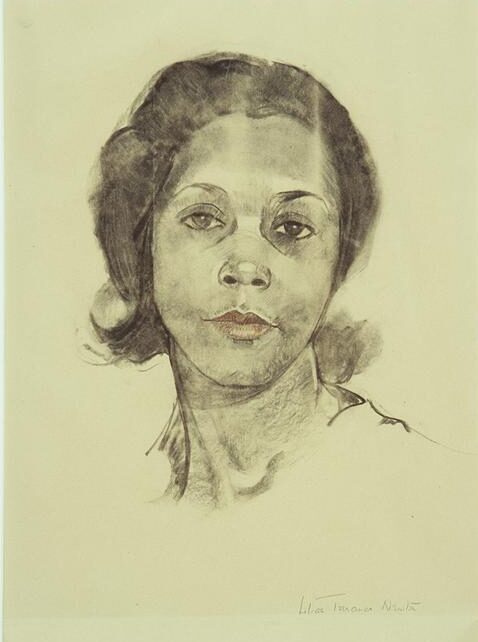
3. Lifting Out
Lifting out describes the removal of charcoal marks with a kneadable eraser, either to correct mistakes or to create highlights. This technique can be seen in the drawing above by Lilias Torrance Newton where highlights on the model’s head and hair are created by the lifting out technique.
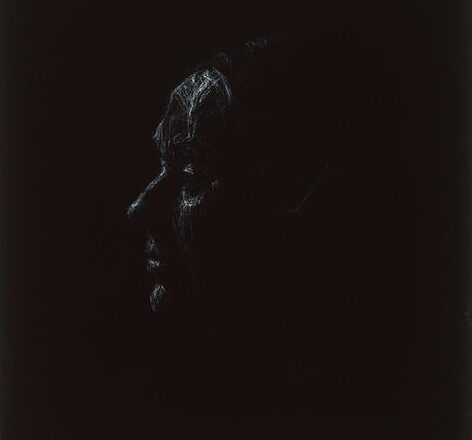
4. Reverse drawing
Reverse drawing is drawing with white chalk or pencil on black paper, essentially working in reverse. This is more challenging than working on white or light paper with a dark-coloured implement, as it is practice to shade to darker colours. In a reverse drawing, the darkness is already present in the background colour, so it is the adding of lighter areas or highlights that needs to be addressed.

5. Sanguine
Sanguine is a reddish chalk, so-called for its resemblance to dried blood. There are various shades of sanguine from orange to brown, and has been used for centuries, most often for portraits and sketches of rustic scenes.
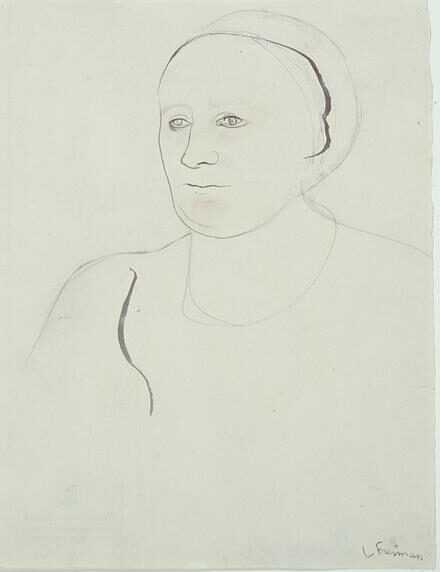
6. Study
The study is a sketch, drawing or painting to familiarize the artist with the subject, be it a person or an object. It is made in preparation for a bigger or more elaborate artwork. For a large project, the artist might make several studies of the same subject matter to find the best angle for the final artwork.
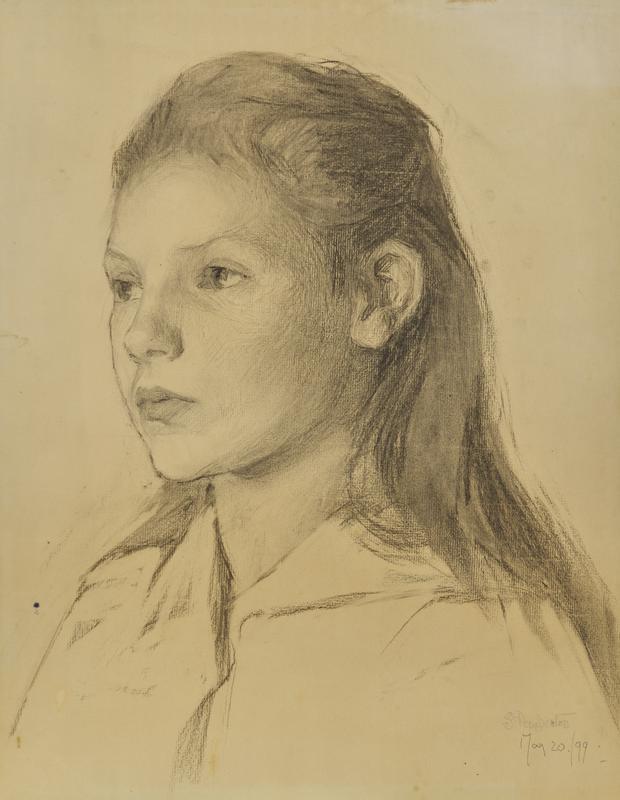
7. Tonal Range
The tonal range is the various shades of grey between absolute black and absolute white. In Sophie Pemberton’s drawing above, the a wide tonal range is used in the shading to produce the effect of light and shadow and to define the texture of the sitter’s hair.
